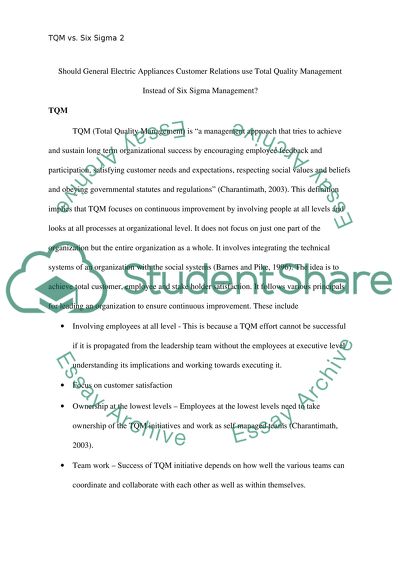Cite this document
(“Should General Electric Appliances Customer Relations use Total Research Paper”, n.d.)
Retrieved from https://studentshare.org/family-consumer-science/1418637-should-general-electric-appliances-customer
Retrieved from https://studentshare.org/family-consumer-science/1418637-should-general-electric-appliances-customer
(Should General Electric Appliances Customer Relations Use Total Research Paper)
https://studentshare.org/family-consumer-science/1418637-should-general-electric-appliances-customer.
https://studentshare.org/family-consumer-science/1418637-should-general-electric-appliances-customer.
“Should General Electric Appliances Customer Relations Use Total Research Paper”, n.d. https://studentshare.org/family-consumer-science/1418637-should-general-electric-appliances-customer.


